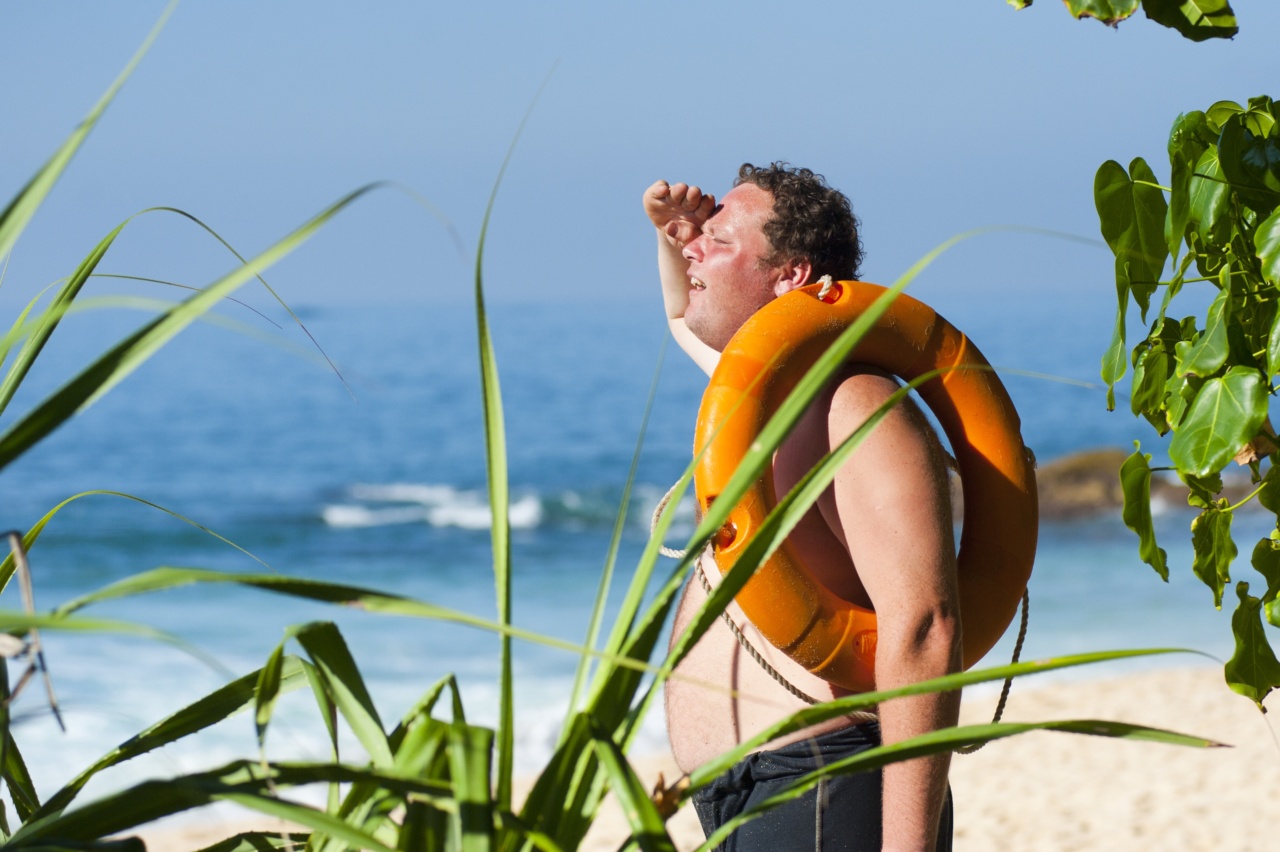Beaches can be beautiful and calming places, but they can also be full of hidden dangers. While many people are aware of the hazards posed by waves, rip tides, and weather conditions, fewer people understand the risks posed by sea life.
From jellyfish to stingrays, sea life can be both fascinating and deadly, and it is vital that beachgoers know how to identify and manage these risks.
Identifying Sea Life Risks
One of the most common sea life risks at the beach is jellyfish. These are often seen as small, transparent blobs in the water, but they can cause painful stings that can last for days.
If you see jellyfish in the water, it’s best to stay out of the water until they have moved on. If you are stung by a jellyfish, you should leave the water immediately and rinse the affected area with vinegar. This can help to neutralize the jellyfish’s venom.
Another common sea life risk is stingrays. These are flat, round fish that can be found in shallow waters. They are typically not aggressive, but they can be dangerous if stepped on.
If you see stingrays in the water, it’s best to stay away from them and avoid stepping on the sea bed where they may be hiding. If you do get stung by a stingray, you should leave the water immediately and seek medical attention.
Sharks are not a common risk for beachgoers, but they can pose a serious danger if they are present. If you see a shark in the water, it’s best to leave the water immediately and avoid swimming in that area until the shark has left.
If you are attacked by a shark, you should punch the shark in the nose or eyes to try to deter it. You should also seek medical attention immediately, as shark attacks can be extremely serious.
Finally, sea urchins can also be a risk at the beach. These are small, spiny creatures that live on rocks and in the sand. If you step on a sea urchin, its spines can break off in your skin and cause painful injuries.
If you see sea urchins in the water, it’s best to stay away from them. If you do get spines stuck in your skin, you should seek medical attention to have them removed.
Managing Sea Life Risks
To manage sea life risks, beachgoers should take a number of steps to protect themselves. Firstly, it’s important to avoid swimming in areas where sea life risks are known to be present.
For example, if there are warnings about jellyfish or stingrays in the area, it’s best to avoid swimming in those waters. Similarly, if you see a shark or other predator in the water, it’s best to stay out of the water until it has left the area.
Secondly, it’s important to wear protective clothing when swimming or wading in the water. This can help to reduce the risk of injury from sea life, as well as protect against sunburn and other hazards.
Wearing a wetsuit or rash guard can also help to protect against jellyfish stings and other injuries.
Finally, it’s important to know what to do in the event of a sea life injury. Knowing how to treat jellyfish stings, stingray injuries, and other sea life injuries can help to reduce the severity of the injury and speed up the healing process.
This can include knowing how to use vinegar to neutralize jellyfish venom, seeking medical attention for stingray injuries, and using tweezers to remove sea urchin spines from the skin.
Conclusion
While the beach can be a beautiful and relaxing place, it is important to be aware of the risks posed by sea life.
By understanding these risks and taking appropriate measures to manage them, beachgoers can enjoy their time in the water while staying safe and healthy.































